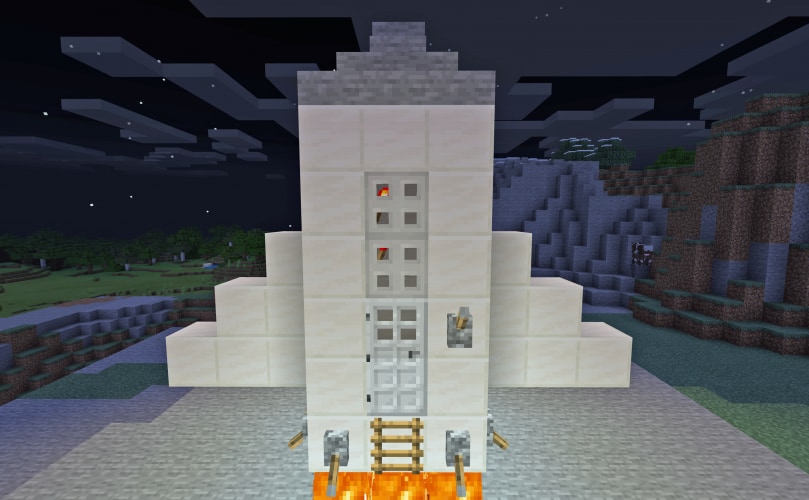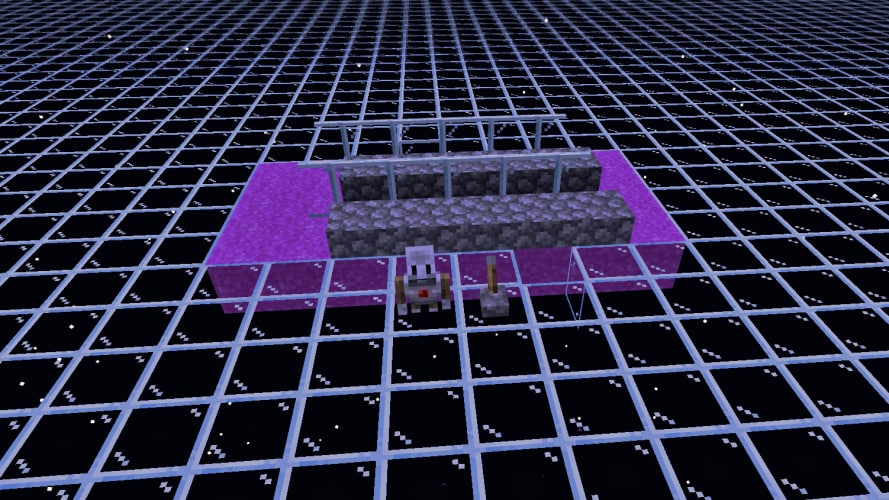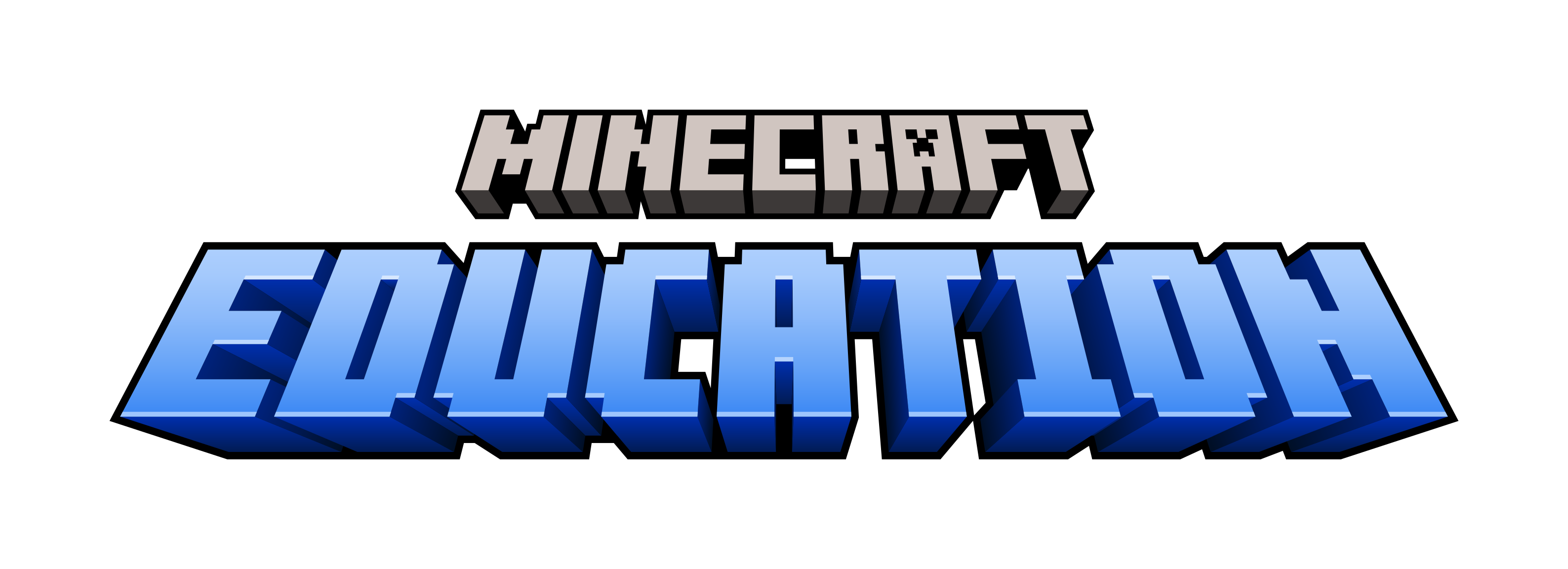Climb aboard the International Space Station with Minecraft: Education Edition

Space is one of the most captivating subjects for students. The excitement of the moments leading up to blast-off and images of our home planet from orbit have the power to inspire learners of all ages. That’s why we’re excited to launch a new series of lessons for Minecraft: Education Edition that take students on a journey to the International Space Station!
Our partners at Phygital Labs have created 10 lessons that address different STEM subjects associated with space travel and the International Space Station. These activities will help you explore a wide variety of topics, including the biology of space travel, the physics of space flight, and the kinds of scientific experiments that astronauts perform. Take a look at these lessons and ignite STEM learning for your students:
- Solar Panel Setback: Explore how solar energy powers the ISS and the ways that robotic tools help astronauts fix items in space.
- Rockets Away: Learn about the rockets that ferry astronauts to the ISS. Build a hands-on rocket to go with the one you create in Minecraft!
- Seeing Earth from the ISS: Recreate an area of Earth in Minecraft after exploring orbital images from the ISS.
- Invisible Forces at Work: Review magnetism and gravity, then design a magnetic structure that could protect the ISS or assist its astronauts.
- Plants vs. Gravity: Learn about how gravity affects plants on Earth as well as in space, and participate in a hands-on planting experiment.
- Bone Loss in Space: Complete an experiment to understand the effects of bone loss in space and graph the data in Minecraft.
- Filtering Water on the ISS: Experiment with creating a water-filtration system and learn how water is treated on the ISS.
- Communication Conundrum: Create a method of communication in space using light, sound, or a pattern. Use this language to communicate effectively with others.
- Boredom and Loneliness: Research astronaut boredom and loneliness, then develop a product to help alleviate these issues in Minecraft.
- The History of the ISS: Discover the history of the ISS and learn about the various countries involved in its creation.

We had the chance to test these lessons with a small group of educators. Here’s what Alexandra Larson from Atlanta Public Schools shared about the experience!
One of the best things about these lessons is their hands-on components. I believe technology is a wonderful tool, and that hands-on experiences are instrumental to student understanding. From exploring magnets in “Invisible Forces at Work,” to sprouting seeds in “Plants vs. Gravity,” to building their very own rockets in “Rockets Away,” students can physically see what they’re learning and apply that knowledge to their Minecraft projects. The lessons provide easy-to-implement, hands-on activities for teachers to use with their students.
My class is so creative when it comes to building in Minecraft. They certainly know much more about it than I do! So it’s important to offer open-ended opportunities for students to explore and build based on what they know how to do, and according to how they envision their final project. In the ISS lessons, the Minecraft projects have basic requirements, and the rest is left up to the students’ imagination.
For example, in the “Boredom and Loneliness” lesson, students construct a product that can help astronauts combat these two issues and then enter it into an entrepreneurial contest. Students create their own device or language to communicate with others using sounds, light, or written patterns in “Communication Conundrum,” giving them the freedom to choose the type of communication and the opportunity to build that device or language.
Not only do these lessons afford students the chance to create in an open-ended way, but they also make connections with the real world. The ISS is fascinating to many, but what happens onboard can sometimes be a mystery. In “Seeing Earth from the ISS,” students have access to resources allowing them to view Earth from the Cupola, where most pictures and videos are taken. They can also find out where the ISS is in real-time! In “Bone Loss in Space,” students discuss osteoporosis while learning about bone density and then make graphs in Minecraft to record the data they collect.
As a STEM teacher, I know these Minecraft lessons will come in handy. I can’t wait to implement them into my science and math lessons, giving students hands-on, open-ended, and real-word experiences!

You can find the whole collection of new International Space Station lessons in our Science Subject Kit. Give them a try with your learners! Who knows? One of your students could become an astronaut who lives and works on the next generation of space stations.
If you’re new to Minecraft: Education Edition and want to get started with game-based learning, head to education.minecraft.net.


